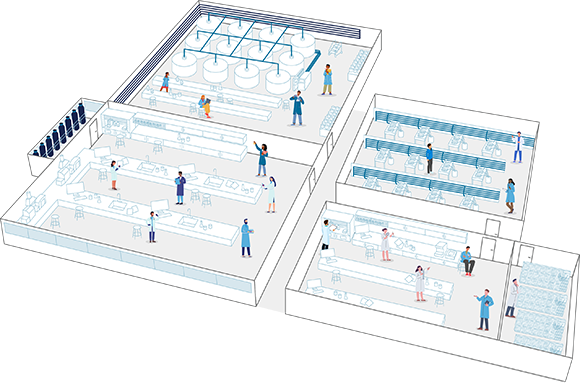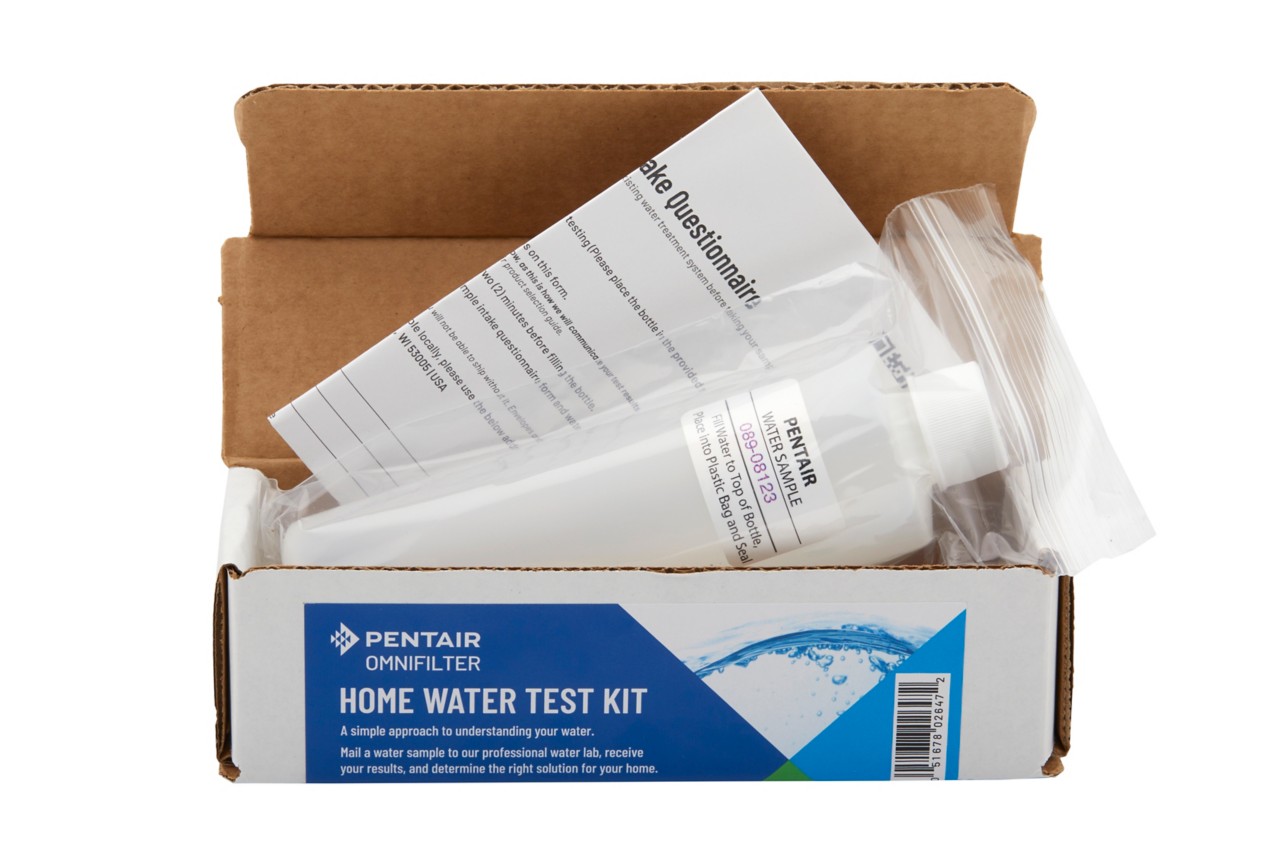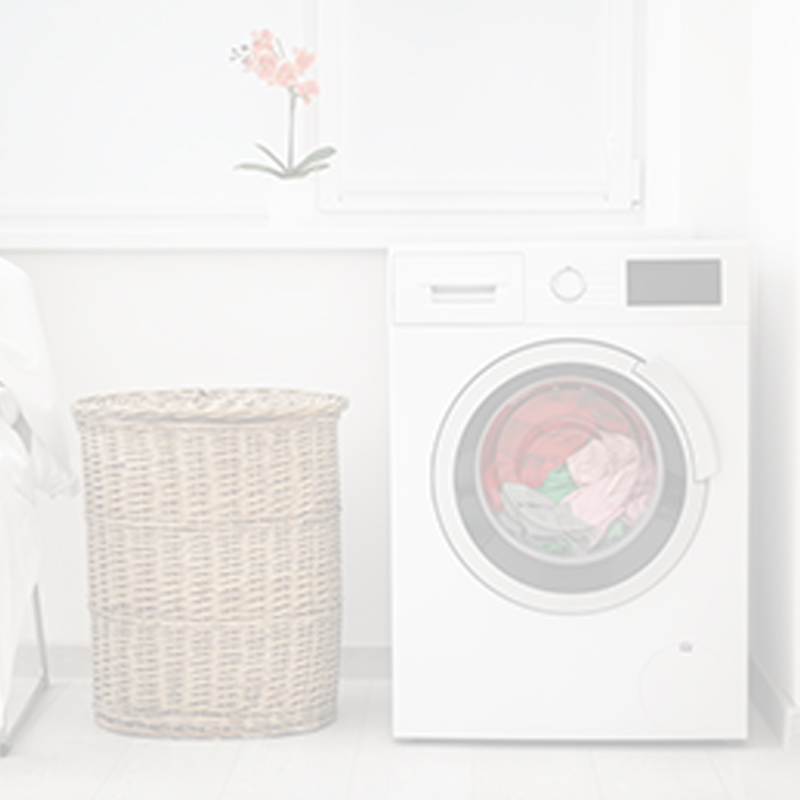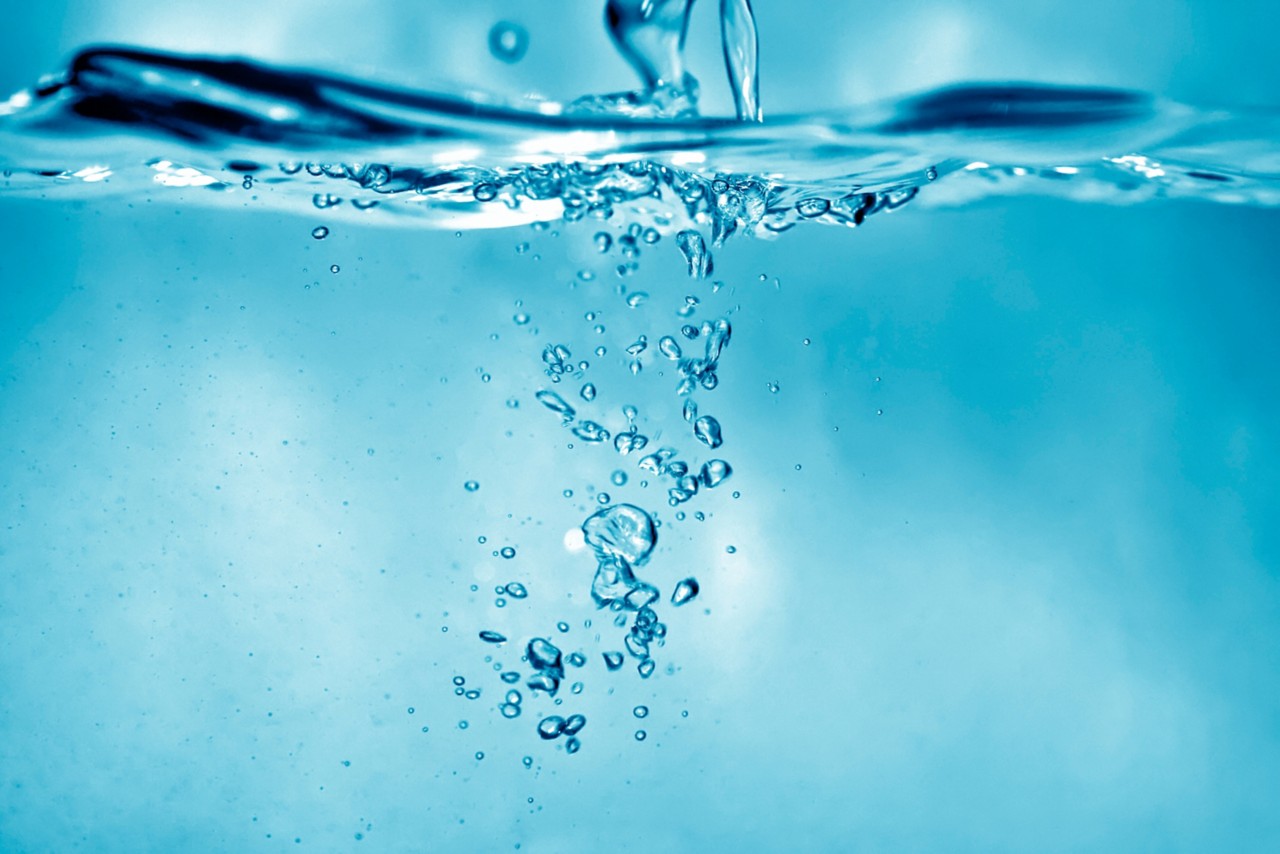Stop Wasting Water and Money. FIND A LOCAL PRO
Dealing with hard water? A water softener or water softener alternative may be the way to go.
Water softeners help reduce high concentrations of magnesium and calcium in your water. While healthy minerals in drinking water are a good thing, too much magnesium and calcium in your water can lead to a common condition known as hard water. This condition can often lead to annoyances around the house, such as:
- A filmy residue on hands and body after washing
- Calcium spots on dishes and silverware
- Reduced water pressure as a result of mineral deposits buildups in the plumbing system
- Dingy clothing after washing
Keeping your water softener in good shape is the best way to keep levels of these minerals low and mitigate the issues associated with hard water listed above. But it will take a little work on your end.
Maintaining your water softener isn't tricky, whether you have a residential unit or are dealing with industrial and commercial water softeners.
We are water Experts
Water quality is non-negotiable. To prove it, we've built state-of-the-art water quality labs and filled them with the best and brightest scientists — all so we can provide you with the best water of your life.

How to Use Water Softener Salt (and How Much It Will Cost)
Water softener salt is the key ingredient that makes all the magic happen. It helps bind calcium and magnesium molecules so they get pulled out of your drinking water. Because of its important role, you'll need to add more to your system on a regular basis.
How much salt does a water softener use? According to Diamond Crystal, a popular brand of salt crystals, most families go through two 40-pound bags every one to three months.
Water softener salt prices vary depending on where you live, how much you buy, and the salt purity rate.
Let's use the state of Missouri as an example. The state has a contract for water softening accessories for its water supply. In the central region of the state they pay $7.57 for a 50-pound bag of salt pellets and $5.28 for a 50-pound bag of salt crystals. Both are 99.5% to 99.8% pure.
That means you might end up paying around $15 per month in salt costs. Not bad for high-quality water.
Keeping the Brine Tank Squeaky Clean
The brine tank is where your salt goes. Unsurprisingly, it can get a bit dirty after a while. That's why we recommend cleaning it about once a year. But a good tip? Wait until your salt levels are low for a good scrubbing.
- Turn off the water and dump out any water in the tank.
- Scoop out any remaining salt or brine.
- Clean! A mix of dishwashing soap and water works well. You can also use a vinegar or bleach solution. We recommend using a shop vac to suck up stubborn particles.
- Dig out any salt bridges. This is a hard layer of salt that forms on the water in the tank.
- All done? Great! Add in new salt and water.
- After about two hours of letting the salt stew (it needs time to dissolve), start the regeneration cycle on your unit.
What's in your water?
start here
Worried about your water? Take control with our at-home water test kit. We'll analyze your water and recommend the best filtration or softening solution for your specific needs.

Final Water Softener Maintenance Tips
Once your water softener is up and running, you need to make sure it stays that way. Manufacturers typically recommend an inspection of your system every couple of years.
In between visits, there are a few more things you can do to keep your water softener in tip-top shape. These include:
- Flushing your resin bed. Turn off the water. Use a water softener cleaner to clear out impurities that may be clogging up the system.
- Cleaning your venturi valve. This valve is responsible for providing suction for the system. If it's clogged, you won't have optimal filtering.
- Adding a pre-filter. Why make your water softener work harder than it has to? A pre-filter collects bigger sediment so it doesn't clog up your system.

Water 101
Unleash the secrets of your H2O! Explore where water originates and discover the various water filtration solutions that transform it into drinkable water.
Related Articles

Cleaner, Softer Clothing with Soft Water
Do you have water stains on clothes? Is there sediment...

Water Softeners vs Water Softener Alternatives
Discover the differences between water softeners…

Room Temperature vs. Cold Water: Which is Better for Drinking?
Is room temperature water better for than cold water?
Disclaimer: The information on this website has not been reviewed by the FDA. Products offered for sale herein are not intended to treat, cure or prevent any disease or health condition. No medical claims are being made or implied. Contaminants mentioned are not necessarily in your water.




